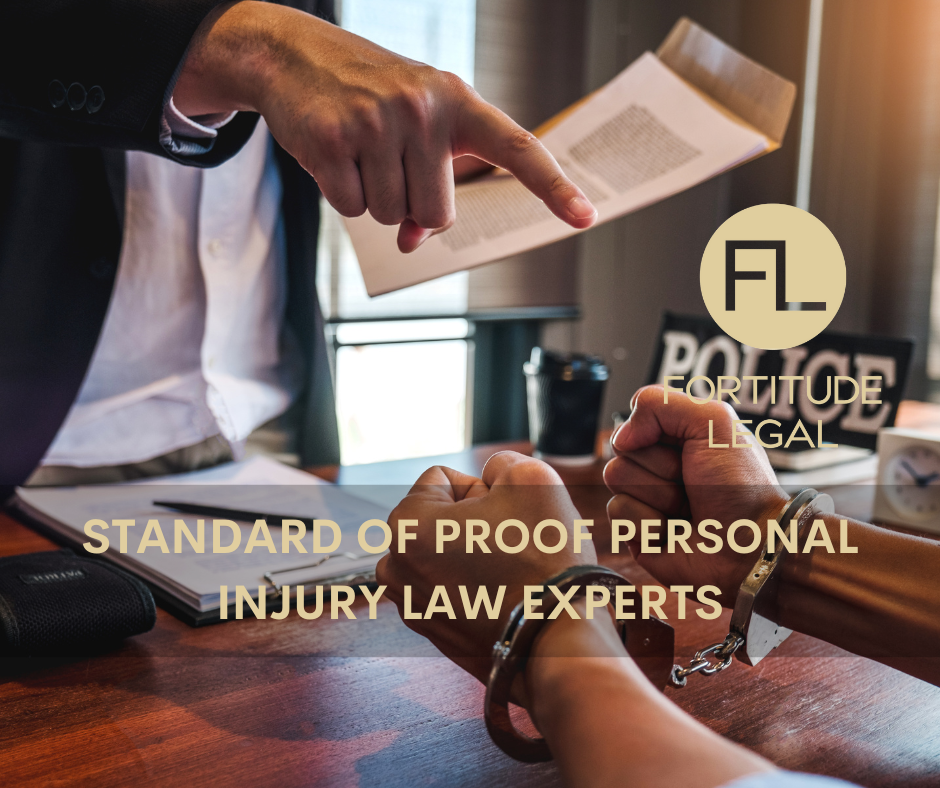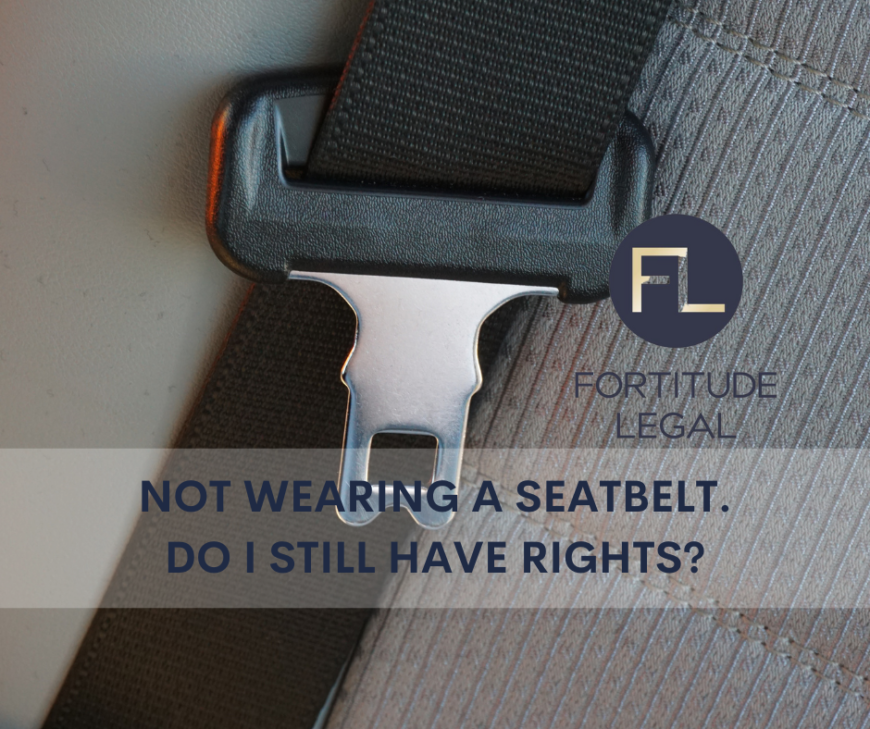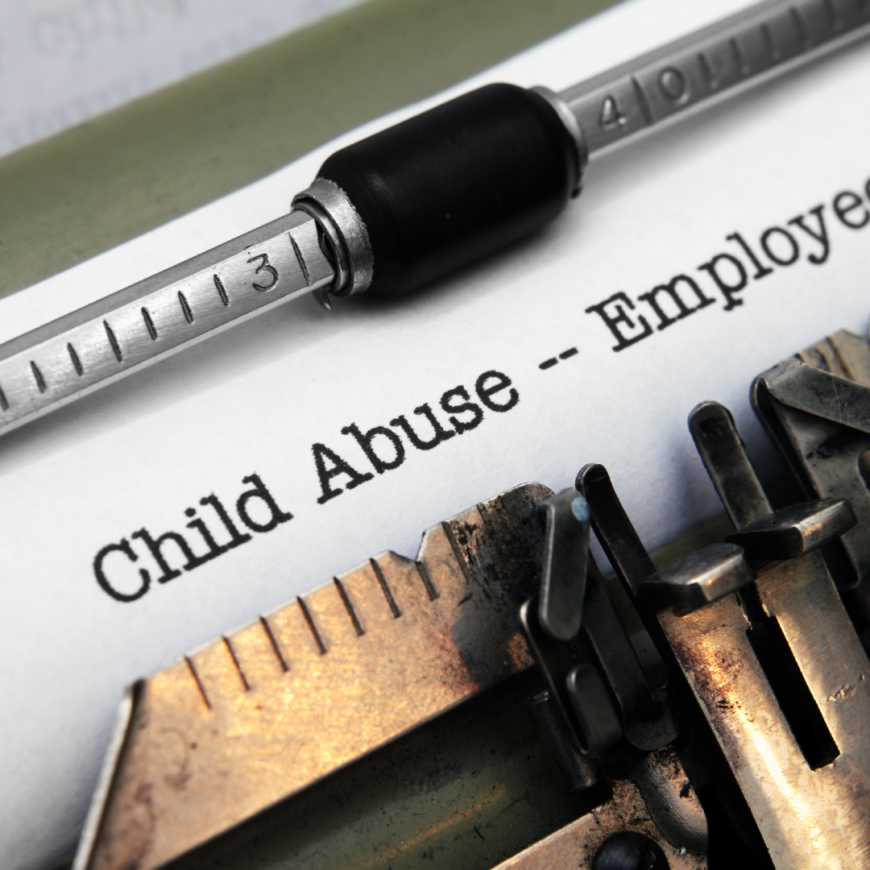Editorial
Standard Of Proof Personal Injury Law Experts
STANDARD OF PROOF PERSONAL INJURY LAW EXPERTS BURDEN AND STANDARD OF PROOF INJURY CLAIMS; DO I STILL HAVE A CIVIL CLAIM IF THE POLICE OR WORKSAFE DO NOT TAKE FORMAL ACTION IN AN ACCIDENT? As personal injury lawyers providing advice to clients, we find that people are often surprised to hear that not only are…
Read MoreNot Wearing A Seatbelt. Do I Still Have Rights?
Not Wearing A Seatbelt. Do I Still Have Rights? In writing this article, we want to make it clear that as personal injury lawyers we see the devastating impact of transport accidents every day. Wearing a seatbelt is not only law but reduces the risk of injury or death in a transport accident. In our…
Read MoreThe Perpetrator Has Been Convicted – What Are My Rights To Compensation?
The perpetrator has been convicted, now what? If you have been injured as a result of a crime, you may be entitled to substantial lump sum compensation. This could include a claim against the perpetrator and/or the institution who failed to protect you from the crime. If the perpetrator has either pleaded guilty or been…
Read MoreI’ve Hurt My Back At Work – What Are My Compensation Entitlements?
I’ve Hurt My Back At Work – What Should I Do? If you have suffered an injury to your back at work, you might be able to make a claim for compensation. You may have suffered a back injury in the course of your employment due to heavy lifting, a slip and fall, or unsafe…
Read MoreInjured Off Road? Whether Dirt Bike, Paddock Bomb Or Quad Bike – You May Have Rights!
Injured Off Road? What Are My Rights? In the context of off-road motorcycling or driving, an accident does not necessarily have to occur on a public road in order for you to be eligible to receive compensation. For example, if you are injured whilst riding or driving a Victorian registered motorcycle or car on private…
Read MoreInjured Personal Care Attendant – What Are My Rights?
Injured Personal Care Attendant – What Are My Rights? Personal care attendants and other health care workers have the right to be safe at work. Employers have an obligation to take reasonable care for the health and safety of personal carers, employed in both hospital and community settings. The responsibilities contained in the Workplace Injury…
Read MoreEntitlement To Loss Of Earnings Transport Accident Claim
ENTITLEMENT TO LOSS OF EARNINGS TRANSPORT ACCIDENT CLAIM WHAT IS MY ENTITLEMENT TO LOSS OF EARNINGS WHEN I CAN’T WORK AS A RESULT OF A TRANSPORT ACCIDENT? TAC Loss of Earnings Benefits If you have been injured in a transport accident and have an accepted TAC claim, you may be entitled to receive compensation in…
Read MoreInjured In A Transport Accident – How Are My Losses Calculated?
INJURED IN A TRANSPORT ACCIDENT – HOW ARE MY LOSSES CALCULATED? TAC Loss of Earning Capacity Benefits Rate If you have been injured in a transport accident, you may be entitled to receive loss of earning capacity benefits. The calculation of the rate of loss of earning capacity benefits is treated differently to loss of…
Read MoreSilica Dust Exposure – Engineered Stone Ban
In light of recent developments regarding the banning of engineered stone in Australia, it is imperative to address the implications for the synthetic stone industry. The ban comes as a response to growing concerns over the health risks associated with silica exposure, particularly during the fabrication and installation of synthetic stone products. Silica Exposure:…
Read MoreInjury Caused By Livestock Straying Onto Road – Your Rights
INJURY CAUSED BY LIVESTOCK STRAYING ONTO ROAD – YOUR RIGHTS Being regional lawyers, we regularly come across injuries on the road caused by straying livestock. The presence of a cow, horse or sheep on a public road does not of itself enable an injured motorist to obtain compensation from the owner of the livestock in…
Read MoreForced Adoption – What Are My Rights?
FORCED ADOPTION – WHAT ARE MY RIGHTS? If you have been impacted by forced adoption practices, you may be entitled to bring a common law claim and sue the relevant institution for compensation. In 2021, the Parliamentary Inquiry into Historical Forced Adoption in Victoria uncovered that thousands of women who gave birth between 1958 to 1984 suffered…
Read MoreWhat Are My Rights If I Was Abused At School?
Children and teenagers spend most of the day at school where they deserve to feel safe. Students are in a vulnerable position at school, being in the care, supervision and control of teachers and education support staff such as aides, counsellors and other employees. Sadly, the Royal Commission into Institutional Responses to Child Sexual Abuse…
Read More











